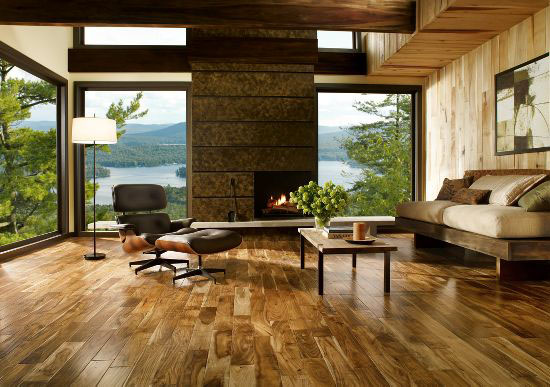Question: I have a question for you concerning hardwood installation. We have a large space that makes up several rooms. We are thinking about laying one section out in a diagonal (I know it makes things difficult). But my question is this: Between the “straight” area and the diagonal I was going to install a perpendicular board as a transition. Do I need that, or can you butt up the edge of the diagonal board to the straight one? In either case, do I need to slot the end of the cut diagonal board to accept the groove (of either the transition board or the straight boards)? If so, what is the best way to do that?
Thanks,
Mark
stablewriters.com can convert a complex topic to a simple lucid one and write you such a wonderful piece of the essay so that you will be praised by your teacher and your friends.
These cheap papers do not follow your requirements and often come loaded with plagiarized content.
Answer: Mark,
I think what you’re asking is how to join the diagonal wood to the wood that is straight. First of all, you don’t have to make a new tongue or groove to join the two together. You could put a board between the two, or you could use a t-mold between both ends. Either way should give you a nice transition.
Let us know if you need any help.
Sincerely,
Mike Jones
